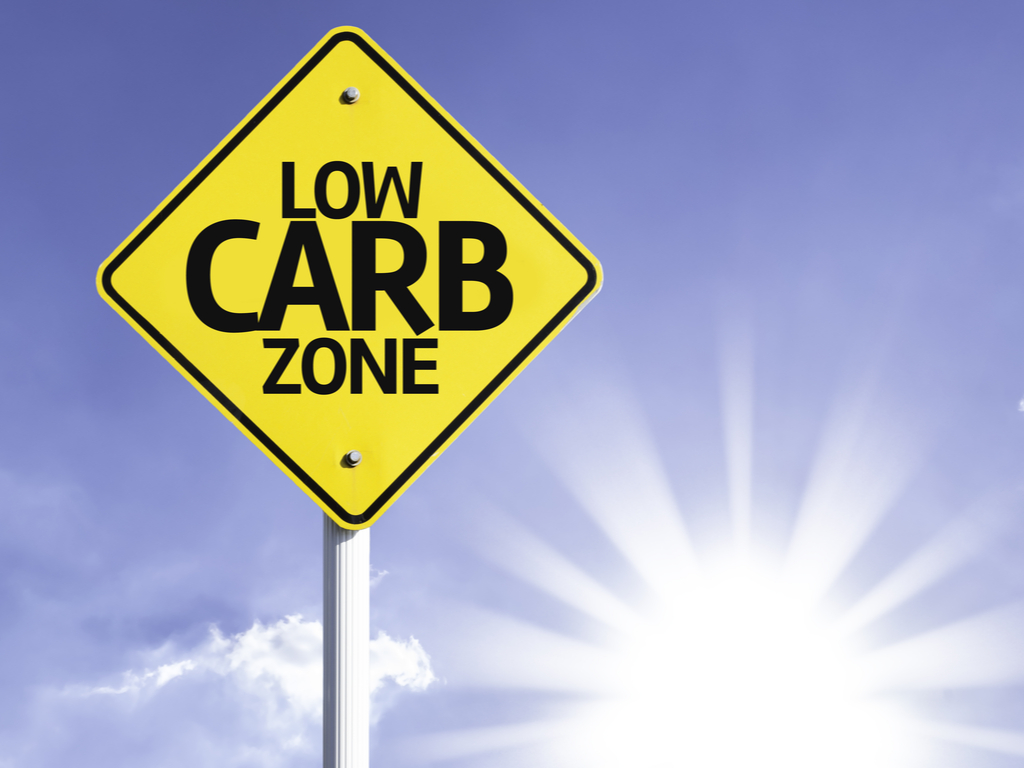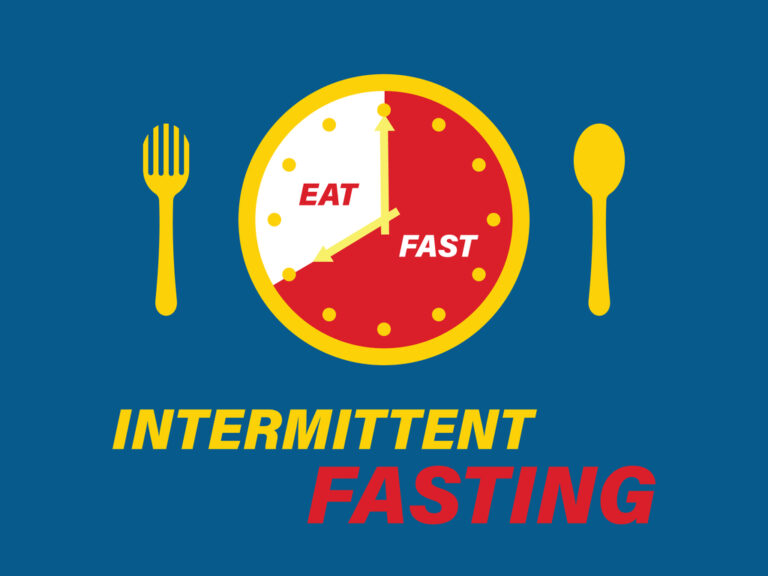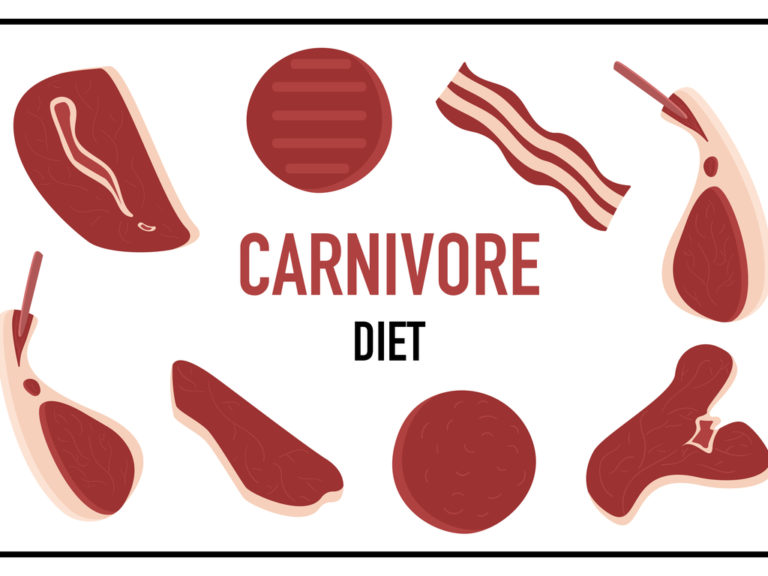If you’re wanting to supercharge your weight loss efforts and improve your overall health, there are few ways of eating that can compete with low-carb diets combined with intermittent fasting. Rather than a short-term diet, low-carb and IF are ways of eating that can transform not just the way you eat but also the way you live. Studies have found that low-carbohydrate diets can:
- Maximize your weight loss
- Lower your risk of heart disease
- Reduce your risk of type 2 diabetes
- Improve your cholesterol levels
IF has equally powerful benefits, according to research, including:
- Peak weight loss
- Lowered risk of type 2 diabetes in people who are obese or overweight
- Reduced triglycerides
- Less inflammation in the brain
- Reduced risk of neurological problems
Low-Carb Basics
When it comes to fuel, glucose is easy for your body to access and use. It gets glucose from the carbs you eat. Carbs are quickly metabolized, and as they enter your bloodstream in the form of glucose, your pancreas churns out insulin to turn the sugar into energy. Any unused glucose is packed away into fat cells for later use.
When there isn’t enough glucose to meet your body’s energy needs, your body switches to using fat for fuel. First, it breaks down the fat cells into glycerol and fatty acids using a process called lipolysis. These fatty acids can then be used for energy or transformed into glucose through a process called gluconeogenesis.
To kick your body into ketosis, which means that you are using only fat for fuel, you will need to lower your carbohydrate intake and skip foods such as:
- Sugar and HFCS
- Refined grains, including wheat, rice, rye, barley, bread, cereals, and pasta
- Starchy vegetables, such as potatoes
- Diet or low-fat products
- Fruit juices, candy, ice cream, and other highly processed foods
Instead, you will eat protein-rich foods, such as:
- Grass-fed meat, including chicken, turkey, beef, lamb, and pork
- Wild-caught fish, including haddock, salmon, and trout
- Eggs
- Vegetables, especially high-fiber, non-starchy vegetables, such as greens, broccoli, and cauliflower
- (Limited) Nuts and seeds, including sunflower seeds, almonds, and walnuts
- High-fat dairy, including butter, heavy cream, and hard cheeses
- Fats and oils, including butter, coconut oil, lard, and olive oil
Once you are in ketosis, you will soon be reaping the many benefits of a low-carbohydrate diet, including weight loss, lowered appetite, and improved energy. Your body will be operating exactly the way it was designed to operate, but if you really want to reach your pinnacle, add IF to the mix.
Intermittent Fasting Basics
Much like a keto diet, intermittent fasting is designed to push your body to tap into its fat stores for energy. It’s not so much a diet as it is a way of life. With intermittent fasting, you restrict your daily eating to a short period every day. For some, this can be during a 6 to 8 hour period. For others, that might just be one meal a day.
Intermittent fasting is not a new concept. In fact, it might be as old as humanity itself. Our early ancestors weren’t sitting down to three square meals a day. Instead, they were hunting and gathering as food was available and fasting when it was not. Their bodies evolved to not just survive but thrive on one meal a day or every few days. Our bodies haven’t yet adapted to the “three squares” and “all-day-grazing” eating habits that we have today, which might be at least partly why so many of us struggle with obesity and metabolic disorders.
Switching back to the basics of IF can supercharge your diet as you lose weight and transform your body.
Intermittent Fasting + Low-Carb Dieting = A Match Made in Heaven
Low-carb diets, keto diets, carnivore diets, and intermittent fasting have become popular with weight loss bloggers, people in the fitness community, and even those in the medical community. They’re getting a lot of buzz, and for good reason: They simply work. However, their synergistic effects are what will take you to the next level.
Your body runs out of its glycogen stores in about 16 to 20 hours. At that point, your liver springs into action and starts producing fatty acid ketone bodies to keep your body running at its peak. If you’ve been eating carbs until now, your brain and muscles are going to feel a little bit sluggish at first, but hang in there: It gets easier!
Within a few days of fasting, you will enter nutritional ketosis and can tap into your body’s fat stores for energy and lose weight. Make sure you drink plenty of purified water to flush the cellular byproducts and wastes from your system and stay well-hydrated.
Primal Eating for Modern Health
IF and keto or low-carb diets fit together like puzzle pieces to bring us back to our bodies’ primitive roots. They help us operate exactly as we are meant to operate, and they can transform our health, reducing or even eliminating many modern health issues. You’ll lose weight, feel stronger, healthier, more resilient, and more vibrant.
Extended Fasting Can Be Even More Powerful: Try the Snake Diet
I don’t recommend that you dive right into extended fasting (more than 18 hours) if you are new to living a fasting-focused lifestyle, but a 48-hour or 72-hour fast can be greatly beneficial to your body in many ways. Once you have practiced intermittent fasting for a few weeks, along with low-carb eating, you can try an extended fast for speeding up your weight loss efforts, along with clearing up your skin, improving your digestion, strengthening your immune system, and providing an overall detox for your body.
The best strategy to follow for extended fasting might be to adhere to the Snake Diet, which is a fasting routine developed by Cole Robinson that mainly involves drinking water with salt during extended fasts, along with occasional dry fasting. Check out Cole’s YouTube channel at the following link and get started on your weight loss journey today! https://www.youtube.com/channel/UC_yUeH8TsG5pxqvkOxBtsFA/videos




